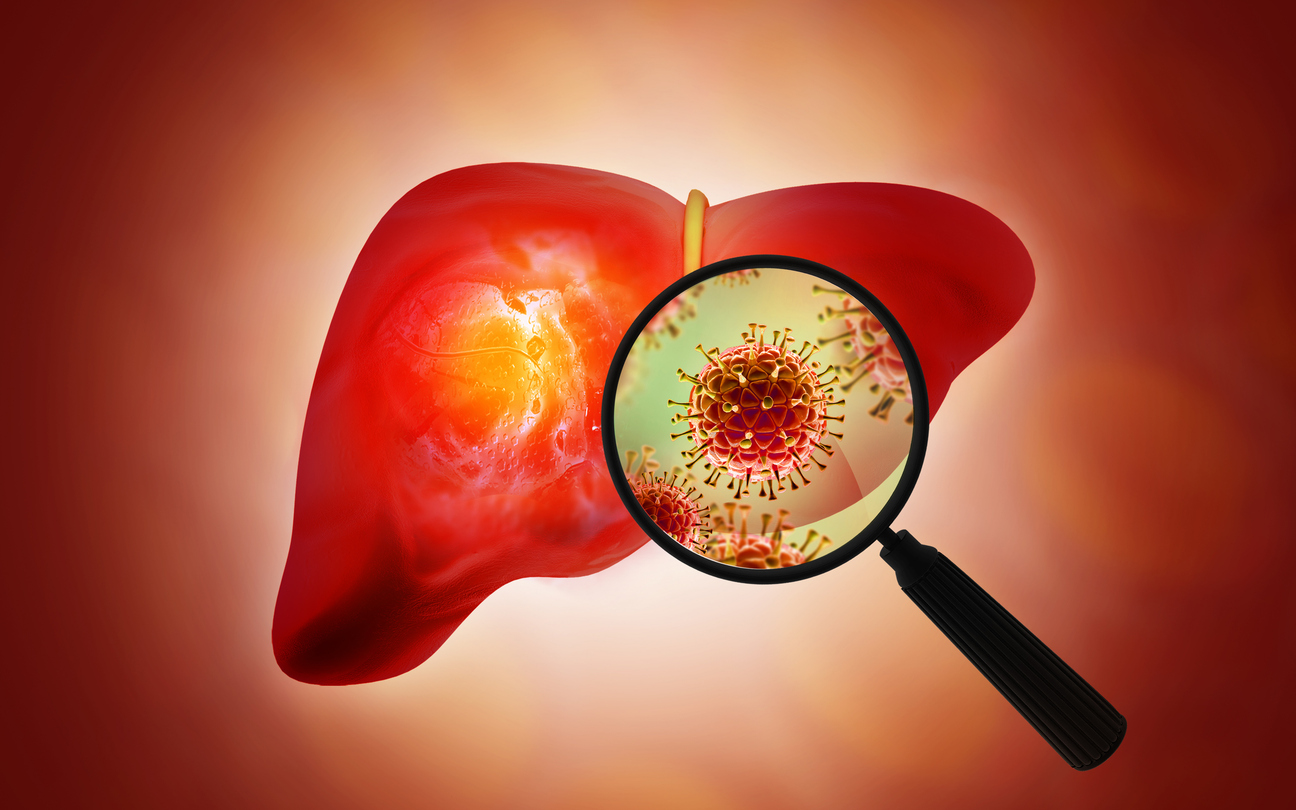2025-07-28
Hepatitis: when the virus writes its own rules
Infectiology
By Lila Rouland | Published on July 28, 2025 | 3 min read
#ViralHepatitis #Immunity #ViralPersistence #AntiviralTherapies
A global threat amplified by chronic forms
Viral hepatitis ranks among the leading causes of infectious mortality worldwide, mainly due to chronic infections caused by hepatitis B virus (HBV) and hepatitis C virus (HCV). According to the WHO, hepatitis-related deaths rose from 1.1 million in 2019 to 1.3 million in 2022. Around 6,000 new infections occur each day, often in resource-limited regions. Despite therapeutic advances, the 2030 elimination target remains out of reach without rapid reinforcement of global action.
A variety of viruses, one common target
Hepatitis A, B, C, D, and E viruses each have distinct virological and epidemiological traits. HAV and HEV are transmitted via the fecal-oral route and typically cause acute hepatitis. Conversely, HBV, HCV, and HDV—transmitted via blood or sexual contact—can lead to severe chronic forms that cause cirrhosis and hepatocellular carcinoma (HCC).
HBV, a partially double-stranded DNA virus, integrates into the host genome, fostering viral persistence. HCV, a highly variable RNA virus, rapidly evades the immune system. HDV, a satellite virus of HBV, increases pathogenicity in cases of co-infection or superinfection.
Guarded entryways
These viruses enter hepatocytes through specific mechanisms. HBV and HDV utilize the NTCP receptor, targeted by the entry inhibitor bulevirtide. HCV uses multiple cellular cofactors (CD81, SR-BI, CLDN1, OCLN), making it a complex but promising therapeutic target. In HEV, the discovery of both quasi-enveloped and non-enveloped forms has revealed novel endosomal escape strategies.
Immunity mobilized… then bypassed
Innate immunity, activated by PRRs such as TLRs, RIG-I, or MDA5, ensures rapid detection. However, many viruses have evolved ways to bypass these defenses. HBV remains “stealthy,” while HDV hijacks the interferon response for its own replication.
Adaptive immunity, driven by CD8+ and CD4+ T cells and antibodies, is crucial for viral clearance. In chronic infections, these cells often become dysfunctional or exhausted. In immunocompromised patients, especially transplant recipients, HEV can progress to severe chronic hepatitis.
The viruses’ ultimate weapon: immune evasion
Hepatitis viruses have developed advanced strategies to evade immune defenses. HBV secretes excessive subviral particles (HBsAg) to neutralize antibodies. HCV blocks interferon pathways through its NS3/4A and NS5A proteins. HEV modulates signaling via its ORF1, ORF2, and ORF3 proteins, disrupting the host interferon response.
Silent liver destruction
Liver damage mainly stems from an overactive immune response. Cytotoxic T lymphocytes (CTLs) destroy infected cells but also cause inflammation, fibrosis, and cirrhosis. In chronic forms, persistent inflammation disrupts liver architecture, increasing the risk of HCC. HDV accelerates liver damage through direct cytotoxicity. HBV contributes via DNA integration, while HCV promotes carcinogenesis through chronic inflammation.
Current therapeutic landscape and future outlook
Treatment depends on the virus type. For HBV, nucleoside analogues (entecavir, tenofovir) and interferons help control replication but do not cure the infection. HCV is now treatable with direct-acting antivirals (DAAs), offering cure rates >95%. However, cost and reinfection remain barriers. HDV treatment relies mainly on pegylated interferon, with limited efficacy; bulevirtide shows promise. HEV, often self-limiting, lacks an approved antiviral, though ribavirin is used off-label in severe cases.
Ongoing innovations include genome editing (CRISPR-Cas9), therapeutic vaccines, and immune modulation to eliminate persistent viral reservoirs and restore functional immune responses.
Conclusion: immunity as a therapeutic lever
Understanding viral evasion strategies and immune system failures paves the way for a new generation of curative therapies. The fight against hepatitis will not be won with antivirals alone, but also by retraining our own immunity.
Read next: HBsAg and immunity: a barrier or an ally against hepatitis B?
About the Author – Lila Rouland
Doctor of Oncology, specialized in Biotechnology and Management
With dual expertise in science and marketing, Lila brings her knowledge to the service of healthcare innovation. After five years in international academic research, she transitioned into medical and scientific communication within the pharmaceutical industry. Now working as a medical writer and content developer, she is committed to highlighting scientific knowledge and conveying it to healthcare professionals with clarity and relevance.

Last press reviews
Twice-yearly injections to change the game?

By Ana Espino | Published on December 3rd, 2025 | 3 min read
HIV & young people: what if we changed the rules?

By Ana Espino | Published on December 2nd, 2025 | 2 min read
